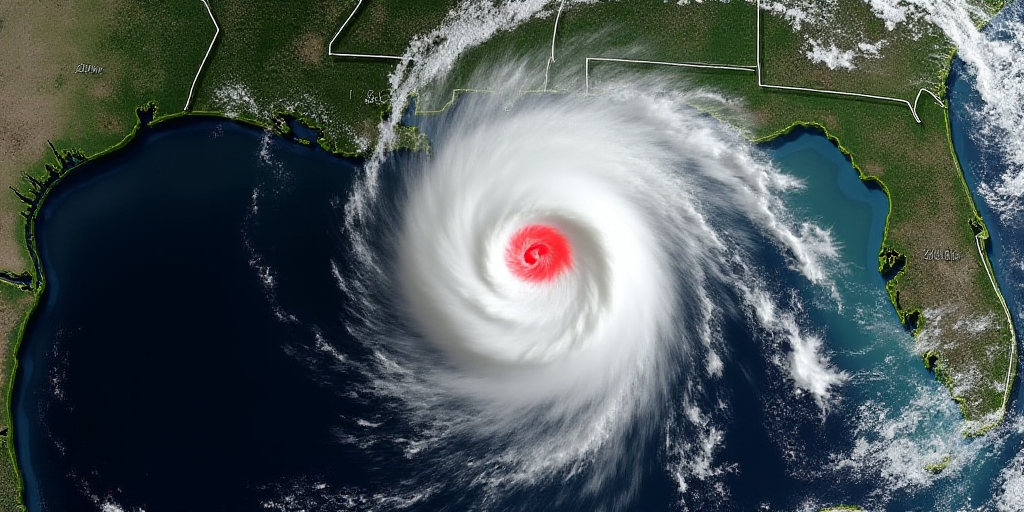Introduction to the Hurricane Season Forecast
The National Oceanic and Atmospheric Administration (NOAA) of the United States announced on Thursday that there is a 60% chance of the Atlantic hurricane season being above-average.
Key Predictions by NOAA
- Total of 13 to 19 named storms, with sustained winds of 63 km/h or higher
- Between 6 and 10 of these storms are expected to become hurricanes (winds ≥ 119 km/h)
- Among them, 3 to 5 hurricanes are projected to be major (winds ≥ 179 km/h)
Understanding the Significance of NOAA’s Role
The National Oceanic and Atmospheric Administration (NOAA) is a federal agency under the U.S. Department of Commerce responsible for providing weather forecasts, climate monitoring, and the collection of data related to oceanic and atmospheric conditions. Their predictions are crucial for emergency management, transportation, agriculture, and other sectors that rely on accurate weather information.
Why This Season’s Forecast Matters
An above-average hurricane season poses significant risks for coastal communities in the United States, Mexico, Central America, and the Caribbean. These areas are frequently impacted by hurricanes, which can cause extensive damage through strong winds, heavy rainfall, and storm surges. Early warnings from NOAA enable governments, businesses, and residents to prepare for potential impacts, saving lives and reducing economic losses.
Who is at Risk?
Coastal regions in the United States, such as Florida, Texas, Louisiana, and parts of the Northeast, are particularly vulnerable. In Mexico, the Yucatan Peninsula and the Gulf Coast are at risk. Central American countries like Honduras, Nicaragua, and Costa Rica are also frequently affected. The Caribbean islands face constant threats from hurricanes, with devastating consequences seen throughout history.
Preparation and Mitigation
Given the potential for a more intense season, it’s essential for individuals and communities to take proactive measures. This includes developing or updating emergency plans, securing homes and businesses against storm damage, and staying informed about weather updates from reliable sources like NOAA.
Key Questions and Answers
- What does an above-average hurricane season mean? It implies a higher likelihood of more named storms, hurricanes, and major hurricanes forming in the Atlantic basin.
- Why is NOAA’s forecast important? Their predictions help governments, businesses, and residents prepare for potential impacts, saving lives and reducing economic losses.
- Who is most at risk from this forecast? Coastal communities in the U.S., Mexico, Central America, and the Caribbean are most vulnerable to hurricane impacts.
- What can people do to prepare? Develop or update emergency plans, secure properties against storm damage, and stay informed about weather updates from reliable sources.






